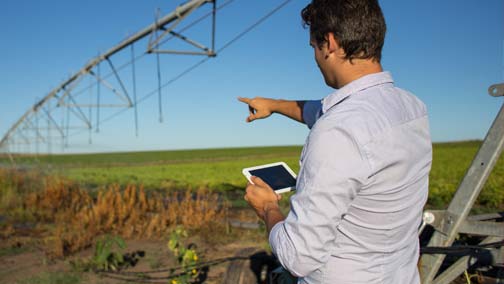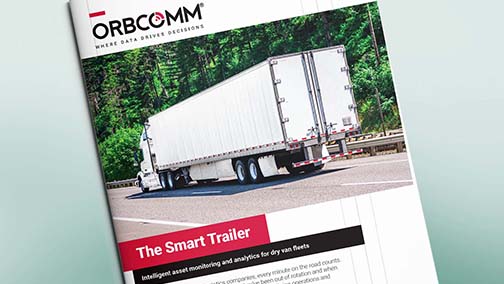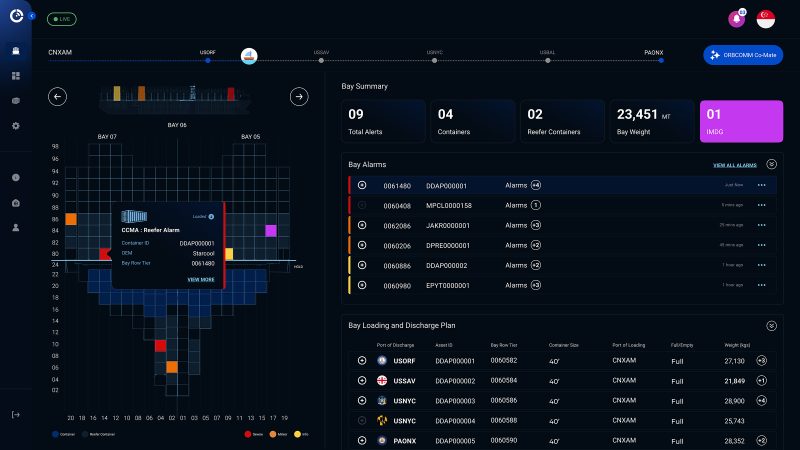
Surviving Supply Chain Shock: The Value of Visibility
The COVID-19 crisis has hit world maritime trade and supply chain operations with unprecedented scale and speed. Now more than ever, visibility is crucial to keep shipping, ports and cross-border trade flowing as efficiently as possible and equally to help supply chain ecosystems become more resilient, resistant and responsive to this and future shocks
From first to last mile, across land and oceans, the COVID-19 pandemic has impacted world maritime trade and global container supply chain operations at unimaginable speed and scale. Trucking, rail, intermodal, ocean and inland shipping, ports and terminals, warehouses, DCs and more have all been deeply disrupted.
As nations around the world close their borders and curtail the movement of billions of people in the fight to curb the virus, freight still needs to keep flowing. We salute the truck drivers, rail operators, port people, seafarers, warehouse workers and all the other frontline #freightfolk who are working hard to ensure the continued international supply of essential foodstuffs, medicine, fuel and equipment, as well as the industrial and consumer goods needed to preserve our global trade economy for a post-COVID-19 world.
None of us yet knows exactly what that world will look like. But we can be sure that technology, both digital and automated, will play a vital role, both in the immediate future and to support the longer-term rebuilding of world trade, shipping and supply chain ecosystems.
In his March 25 address to world leaders ahead of the G20 Virtual Summit, the Secretary-General of UNCTAD, the United Nations Conference on Trade and Development, stressed that “all available technological trade and transport facilitation solutions should be used to reduce the burden posed by COVID-19 on maritime and cross-border trade. We cannot afford to compound the health and economic challenge facing us.”
Not surprisingly, UNCTAD’s focus on the importance of technology to keep freight and supply chains flowing has been widely echoed. Writing this March in the Journal of Commerce on the outlook for global container shipping, Lars Jensen of Sea-Intelligence Maritime Consulting observes that the huge and growing worldwide pressure on human resources, large numbers of people working from home and – for those who cannot do so – the critical need to minimize direct physical contact, has “mercilessly revealed which parts of the supply chain process are not yet digitalized.”
Given the necessity of the situation, says Mr Jensen, digital workarounds are quickly being devised, laying the foundation for “a rapid acceleration of online and automated digital tools once we are past the pandemic, as we now get to see very clearly where the true problems are, as well as how they can be pragmatically resolved.” His conclusion? “The pandemic will not be the cause of a digital transformation — that transformation has slowly been getting underway the past few years — but it will accelerate the transformation.”
In a recent editorial on preparing supply chains for the post-COVID-19 economy, the World Economic Forum (WEF) similarly points out that disruptions often become catalysts for change and that COVID-19, as “the black swan event of the century”, is possibly the biggest disruptor any of us will ever experience, not discounting the fact that future shocks of many kinds no doubt lie ahead.
Deeper visibility and collaboration are crucial to overcoming supply chain disruptions, says WEF, and digitalization is key to achieve this. “Digital supply chains have been on the horizon for some time now with enabling technologies like Blockchain, IoT & AI. This is the right time for supply chain leaders to act; to leverage technology to transform their supply chains – not only to overcome the COVID19 disruption but also to prepare their supply chains for the future.”
 As a global provider of visibility and connectivity solutions for many decades, here at ORBCOMM we truly can attest to the value of IoT, satellite M2M and AIS technology to generate integrated, intelligent and actionable data across maritime trade, container shipping, ports, trucking, rail, intermodal and supply chain operations.
As a global provider of visibility and connectivity solutions for many decades, here at ORBCOMM we truly can attest to the value of IoT, satellite M2M and AIS technology to generate integrated, intelligent and actionable data across maritime trade, container shipping, ports, trucking, rail, intermodal and supply chain operations.
Fully integrated, transparent end-to-end digital supply chains are today still more of an aspiration than hard reality. But we are inching ever closer thanks to continued technological advances, coupled with growing private and public sector commitment to collaborate on digital data standardization and interoperability.
To be truly successful, and genuinely transformative, digitalization of global trade flows and supply chains must be built on trustworthy, near real-time and automated big data foundations. IoT, M2M and AIS technology are all key to enabling this.
The COVID-19 pandemic has focused media, public, government and industry attention as never before on the key role that maritime shipping, freight transportation and logistics play in our day-to-day lives and just how globally interconnected supply chains have become.
From connected trucks, trailers and trains, to in-cab driver support systems, sensors for port infrastructure and cargo handling equipment, tracking of ships and shipments across the oceans, locating containers and other intermodal transport assets around the globe and enabling real-time remote cargo monitoring and control -not least for vital perishable foods and medicines – IoT, M2M and AIS technologies are already providing much-needed visibility into the many moving parts of physical supply chains.
In the next wave of supply chain digitalization, together we will achieve ever more innovative and effective ways to integrate these various visibility technologies, enhance data collaboration and ultimately enable true transparency from first to last mile across complex global logistics, transport and delivery networks. Meantime, many digital technologies are already in place to support maritime trade and container supply chain operations in these tumultuous times. ORBCOMM will continue to work closely with industry and governments across the world to make the most of these technologies helping to keep people safe, trade flowing and economies moving.
Please reach out if you would like more detailed information on how IoT, M2M and AIS technology are currently being used in shipping, ports, trucking and intermodal logistics.
Here are some other recent ORBCOMM resources and articles that you might find useful:
- Download our COVID-19 Visor Card
- Global Container Shipping gets a New Digital Track and Trace Standard
- The Next Phase of IoT in Shipping Digitalization: Data Interoperability, Integration & Intelligence
- Container Shipping Alliance Starts Knocking Down the Digital Silos
- IoT Technology Helping Meet Increasing Demands on Food Transporters
















